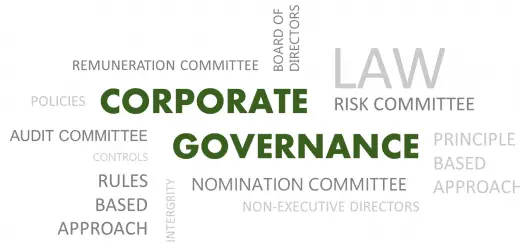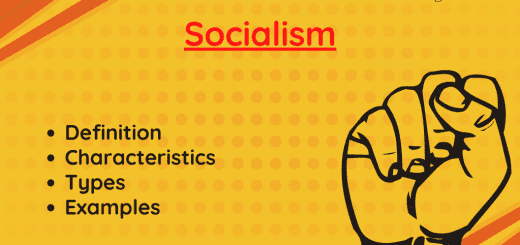Controllable Cost – Definition, Explanation, with Examples
Controllable Cost Definition
Controllable cost is an expense that the company executives/management can influence up to some extent based on the decisions made. This means any costs that the company has the power to manage and change within a short time.
There can be situations where the company management could not able to get complete control of this, but the cost can be controlled along with the decisions made within a short time. A controllable cost is an expense that the company has a certain influence on.
Also, a particular cost can be controlled only from a certain higher level of an organization, but it is uncontrollable for a lower level. As an example, if the company needs to reduce the research cost, the decision can be made by the directors/senior management. The junior management can not make this kind of decision. Hence these costs are uncontrollable for the staff members at a certain organizational level.
The controllable cost can not be influenced by the previous decisions made. As an example, a newly joined manager can change the car insurance policies in the company. But he can not influence the policies in effect before the date on which the decision had been effective. Hence the controllable cost can depend on timing as well.
Understanding Controllable Cost with Examples
The controllable costs are referred to as the expenses which can manage with the short-term corporate decisions made.
As an example, the production manager has certain controls over the production cost, such as the supply purchase price negotiation, choosing the suppliers, maintenance of the equipment, and allowed overtime payment. These costs are controllable for the production manager since he/she can influence them with the decisions made.
But the production manager does not have the power to influence asset purchases, create another production plant, business acquisitions. The company’s senior management influences these costs because they make business decisions. Hence these costs are not controllable for the production manager, but it is controllable for the senior management. These kinds of decisions are made by the higher level of the organizational hierarchy.
There are certain costs imposed by an external party, like tax. This kind of cost is not considered to be controllable.
Usually, companies offer incentives to the management for keeping the controllable costs under control.
Controllable Cost Examples
Following are the examples of Controllable Costs,
- Salaries and Bonuses
- Office Supplies Cost
- Training Cost
- Cost of Advertising
- Cost of Direct Material
- Cost of Donations
- Distribution Cost
- Administration Cost
Difference Between Controllable Cost and Uncontrollable Cost
The following table contains the Difference Between Controllable Cost and Uncontrollable Cost
| Controllable Cost | Uncontrollable Cost |
|---|---|
| Controllable cost refers to expenses that can be influenced based on business decisions made. | Uncontrollable cost refers to expenses that cannot be influenced based on business decisions made. |
| Can be adjusted in the short run. | Can be adjusted in the long run |
| Examples are advertisement cost, direct materials, direct labor, distribution cost, and training costs. | Examples are depreciation, insurance, and rental cost. |
The classification of cost between controllable and uncontrollable depends on the context. For example, for a manager that manages a labor department, labor costs are controllable. Similarly, for another manager that handles the material, material costs are controllable.
Read More:
- Fixed Cost – Explanation, Formula, Calculation, and Examples
- Variable Cost – Explanation, Formula, Calculation, Examples
- Marginal Cost – Explanation, Formula, Curve, Examples


